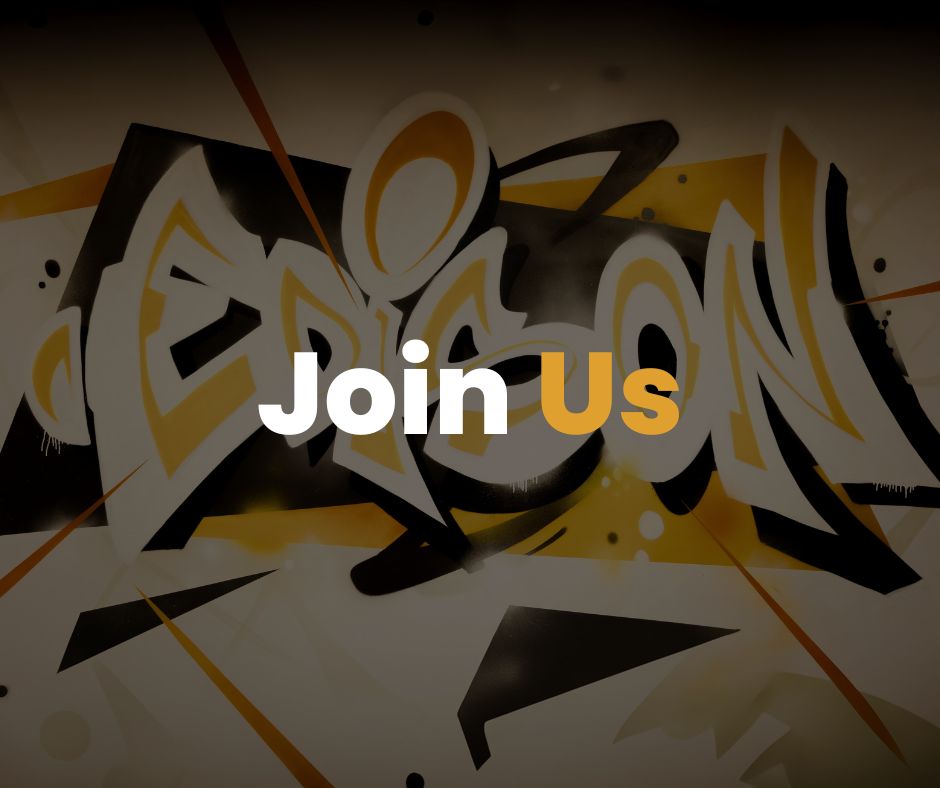
![]() David is an experienced content writer with over five years in the technology field, including a previous role as content team leader. He has a keen interest in artificial intelligence, robotics, and nanotechnology. David researches and stays current with the latest tech developments through forums, podcasts, blogs, and more. Beyond his specialisations, he has explored niches including lifestyle, sports, entertainment, and his first love, music.
David is an experienced content writer with over five years in the technology field, including a previous role as content team leader. He has a keen interest in artificial intelligence, robotics, and nanotechnology. David researches and stays current with the latest tech developments through forums, podcasts, blogs, and more. Beyond his specialisations, he has explored niches including lifestyle, sports, entertainment, and his first love, music.
The IBM Watson IoT platform was a cloud platform which allowed manufacturers to collect and process IoT data from connected devices. Users could manage and monitor their fleet from different locations using the platform’s UI.
Although the services has since been shuttered by IBM, leaving users scrambling for alternatives, its uses at the time showed the way that AI could improve operations that involved IoT and IIoT devices.
Part of the issue with the current AI hype wave is that the technology seems to be moving so quickly those vendors offering AI appear to be focusing on innovation, rather than practicality. As one of the first offerings that offered AI to the public, the IBM Watson IoT platform showed industry how the fusing of IT and OT could bring operational benefits.
Given the advances made in the AI sphere since, and the numerous alternatives to Watson IoT that have sprung up, now might be a good time to reassess the impact the revolutionary (for the time) service had.
A little history
With features including data analytics, device management, and application enablement, businesses using Watson IoT could capture, monitor, and analyse data from a range of sources. In addition, the platform also featured a simple interface allowing users to fully manage devices as well as allow mass device additions to networks. This alone set the platform apart from the usual GUI in AI apps, which tended to be dominated by text input on the command line.
In 2018, the Watson IoT platform’s evolution was set to deliver a future-proof IoT system that would provide robust, flexible, and intelligent solutions for industrial companies, helping build their digital infrastructure for years to come.
By the end of 2023, however, Big Blue announced the end of the platform, stating it was to close the Watson IoT Platform service on IBM Cloud as of December 1st, 2023. The company offered no direct replacement.
KONE Corporation – smart lift and escalator management
KONE, a Finnish multinational lift engineering company, integrated the IBM Watson IoT platform in a bid to improve its equipment’s efficiency and reliability. It connected more than a million lifts and escalators to the cloud, which allowed for remote monitoring, the opportunity to predict maintenance, and thereby reduce downtime in the event of failure.
KONE’s decision to go digital on what was unproven tech was led by a goal of reducing lift and escalator malfunctions, to prevent service interruptions. The company aimed to improve what it called “people flow”, plus it protected revenues by avoiding business losses caused by such equipment failure.
KONE could connect, remotely monitor, receive detailed performance information, and enhance overall management of over million lifts and escalators across the world.
By using real-time data and predictive analysis on data hosted in the cloud, KONE’s operations could be overseen anywhere, by anyone, which gave its partners access to system details that were used to enhance user safety and support urban mobility.
iFarming – precision agriculture with Phyt’Eau
iFarming, was a service that helped aquaculture and livestock production improve efficiency and production capacity. It developed Phyt’Eau, an agricultural solution hosted on IBM Cloud and designed with the IBM Watson IoT platform.
According to Amine Lasram, Co-Founder of IBM Business Partner, Sofia Holding, the goal was to limit water waste.
“It’s all about reducing water usage. We track the stress point for each plant, and we tell them whether or not it needs water. And if the software is tied into their irrigation system, it can send the command automatically.”
The Phyt’Eau system collected data from third-party weather forecasts and combined it with that from field sensors. The collected information helped calculate the stress levels of plants, collect real-time data on soil temperature and moisture, and optimise irrigation schedules. From here, the data was then analysed using Watson’s AI capabilities, allowing farmers to make decisions regarding fertiliser use, irrigation needs, and best harvesting times.
iFarming succeeded in its goal of “More crops. Less water. Better planet.” Significant water savings were recorded (up to 40%) and crop productivity increased by around 30%. Farmers also benefited from 25% lower overall costs.
Ideatolife – Trackr for maintenance management
Middle Eastern software company, Ideatolife, developed Trackr, a cloud-based ERP platform that provided maintenance management for lifts and swimming pools. Integrating IBM Watson IoT capabilities and migrating to the IBM Cloud let Trackr automate maintenance tasks, make complex reporting simpler, and provide analytics. These ‘wins’ resulted in improvements in operational efficiency, better scalability, and higher quality of service for customers.
Conclusion
IBM continues to invest in IoT-related technologies, such as Open Horizon, an open-sourced project providing the autonomous management of edge devices as part of the IBM Edge Application Manager.
Alternatives to the Watson IoT platform are available, but the real-world impact can still be seen to this day. The platform’s legacy shows how even AI of the time helped organisations harness the power of data, AI, and connectivity to drive efficiency in multiple industries.
(Image source: “IBM Four Qubit Square Circuit” by IBM Research is licensed under CC BY-ND 2.0.)


